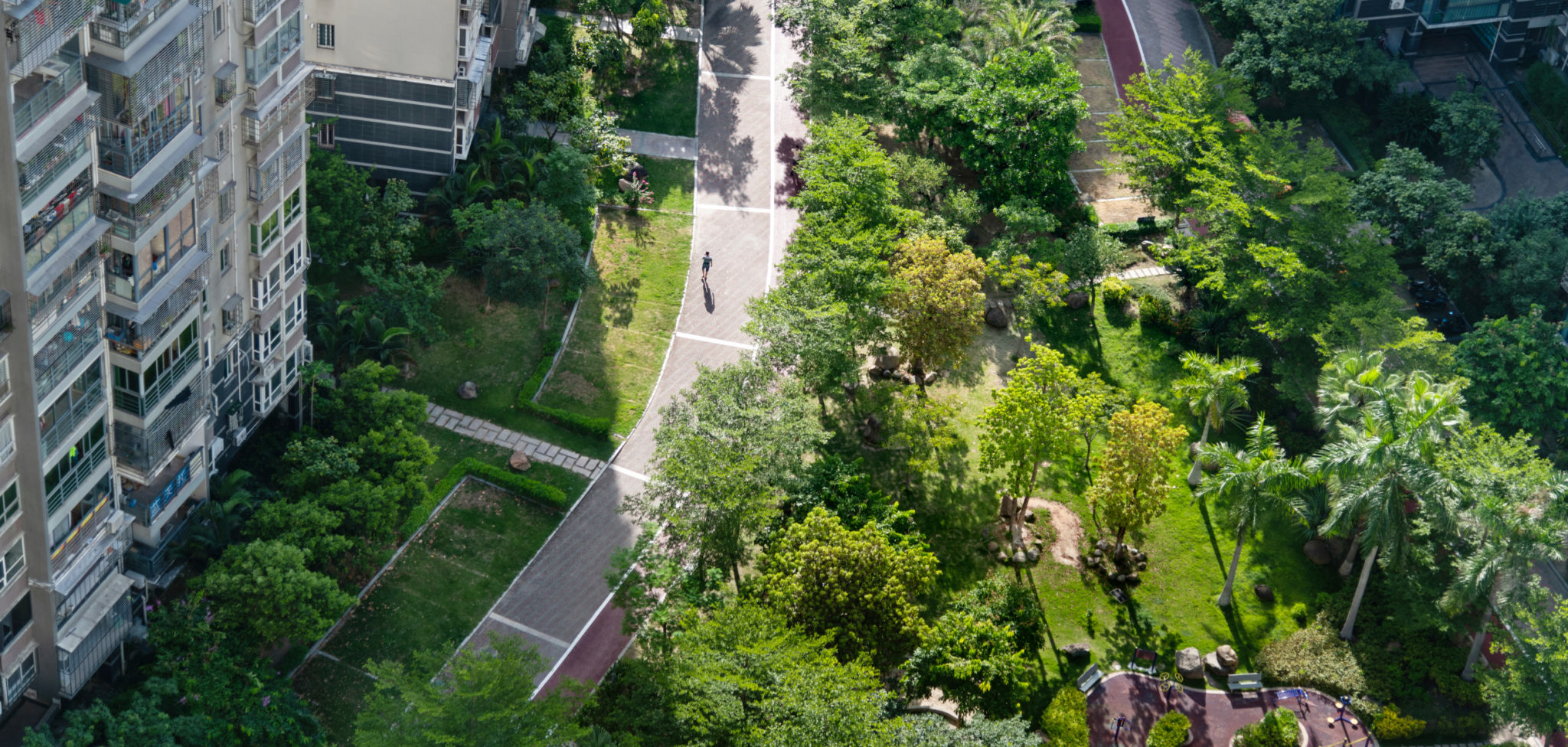Case Study: Successful Implementation of Nature-Based Solutions in Dubai
In recent years, urban areas worldwide have sought innovative solutions to combat environmental challenges, such as climate change and biodiversity loss. Dubai, known for its ambitious development projects, has embraced nature-based solutions (NbS) to enhance resilience and sustainability. This case study explores the successful implementation of NbS in Dubai, highlighting key projects and their positive impacts on the environment and community.
Understanding Nature-Based Solutions
Nature-based solutions are strategies that leverage natural processes and ecosystems to address societal challenges. These solutions can include green infrastructure, ecosystem restoration, and sustainable land management practices. In Dubai, the adoption of NbS has been pivotal in transforming urban environments into more sustainable and resilient spaces.
The primary goals of implementing NbS in Dubai are to improve air quality, enhance biodiversity, and mitigate the urban heat island effect. By integrating green spaces within urban landscapes, Dubai aims to create a harmonious balance between urban development and nature.

Key Projects in Dubai
Al Fahidi Historical Neighborhood
One of the standout projects in Dubai is the revitalization of the Al Fahidi Historical Neighborhood. This initiative involved the integration of green roofs and vertical gardens to enhance the aesthetic appeal and environmental performance of historic buildings. The project not only preserved cultural heritage but also introduced new habitats for local flora and fauna.
The green roofs have been successful in reducing ambient temperatures and lowering energy consumption within the neighborhood. Additionally, these spaces serve as community hubs, fostering social interactions and promoting environmental awareness among residents and visitors.

Ras Al Khor Wildlife Sanctuary
The Ras Al Khor Wildlife Sanctuary is another exemplary project showcasing the effectiveness of NbS in Dubai. Located at the confluence of the desert and urban environments, this sanctuary is a critical habitat for migratory birds and other wildlife. Through careful management and restoration efforts, the sanctuary has become a thriving ecosystem supporting diverse species.
Efforts have included reforestation of mangroves and careful water management to maintain optimal conditions for wildlife. This project underscores the importance of preserving natural habitats within urban areas to maintain ecological balance.
Challenges and Lessons Learned
Implementing nature-based solutions in a rapidly growing city like Dubai comes with its own set of challenges. One major hurdle is the integration of NbS within existing urban planning frameworks. However, strategic planning and collaboration between government entities, private developers, and local communities have been key to overcoming these challenges.

Another lesson learned from Dubai’s experience is the necessity of continuous monitoring and maintenance. Ensuring that NbS projects remain effective requires consistent evaluation of their environmental impact and adaptation to changing conditions. This iterative approach allows for the refinement of strategies to maximize their benefits.
The Future of Nature-Based Solutions in Dubai
Looking ahead, Dubai aims to expand its portfolio of nature-based solutions to further enhance sustainability. The city’s commitment to integrating more green spaces, restoring natural habitats, and promoting sustainable practices sets a precedent for other urban areas worldwide.
Future projects are expected to focus on expanding urban forests, enhancing public parks, and increasing the use of renewable energy sources. By continuing to prioritize nature-based solutions, Dubai is paving the way for a more sustainable future, not only for itself but also as a model for cities globally.
